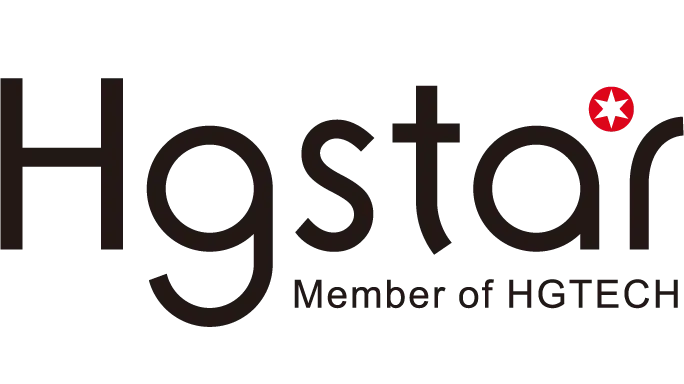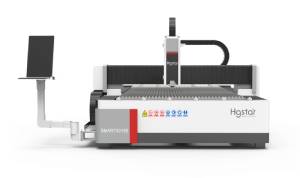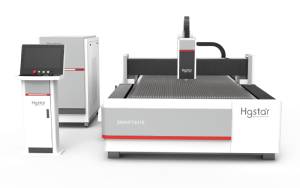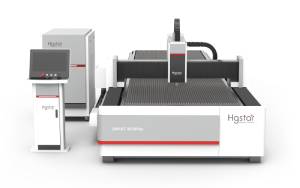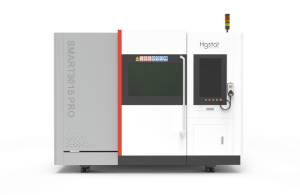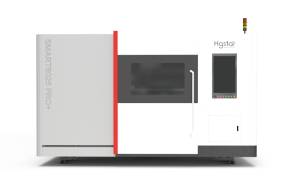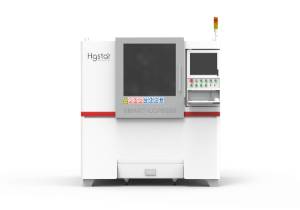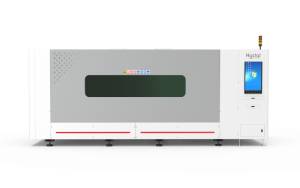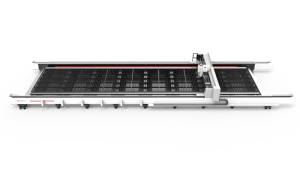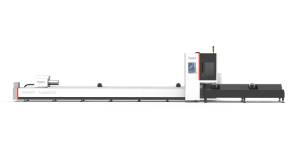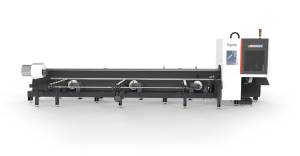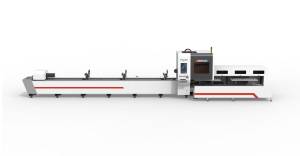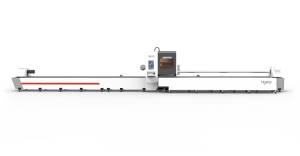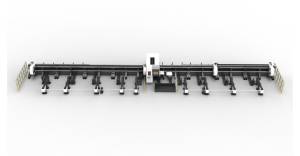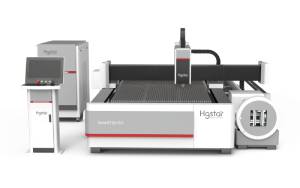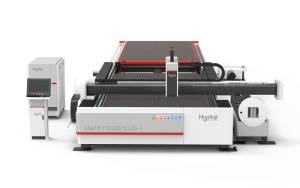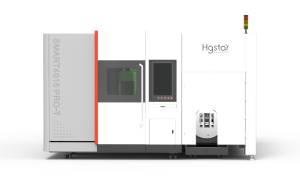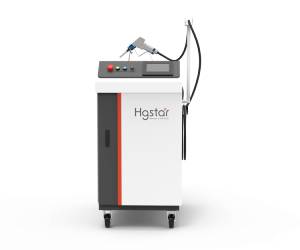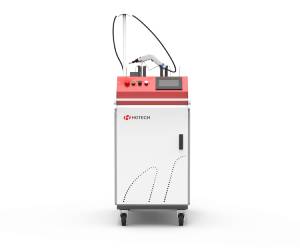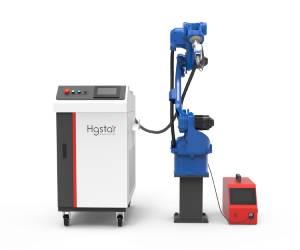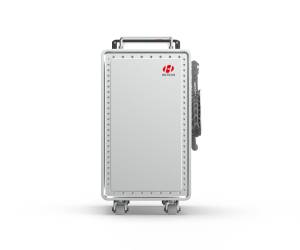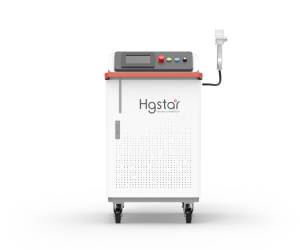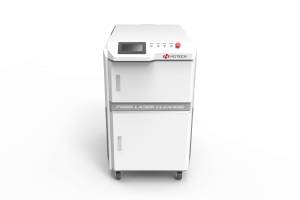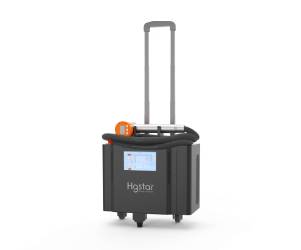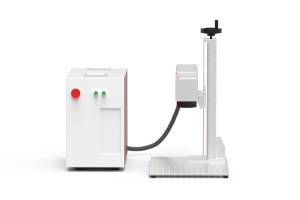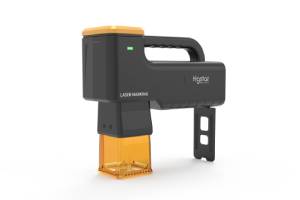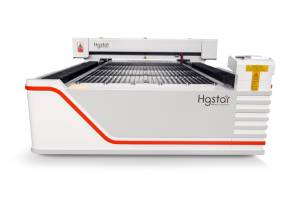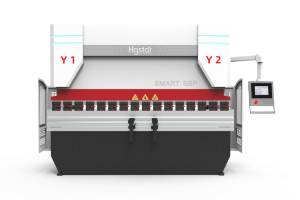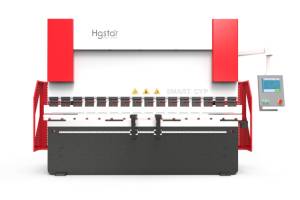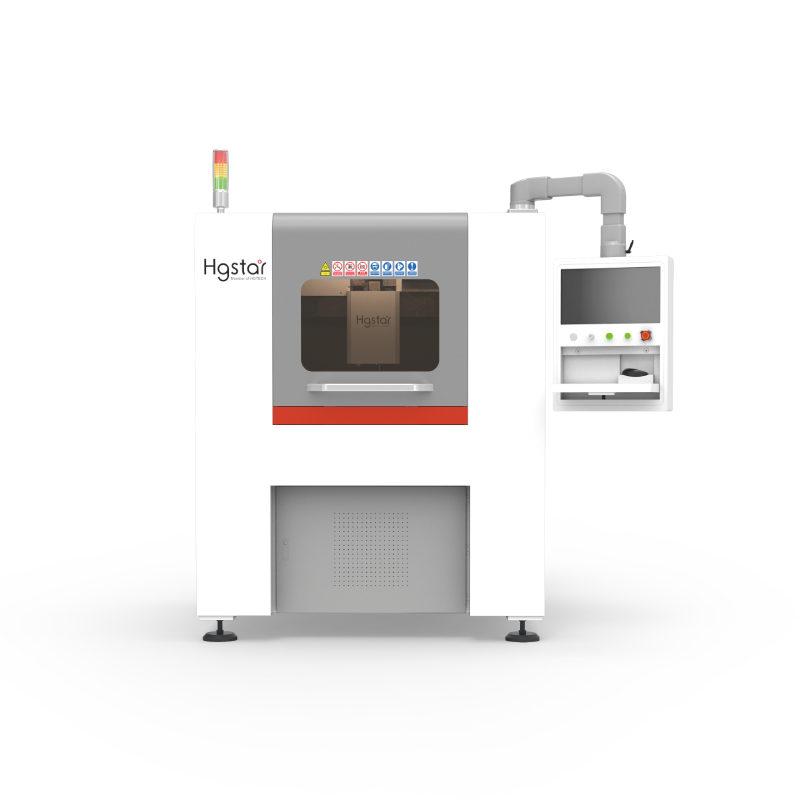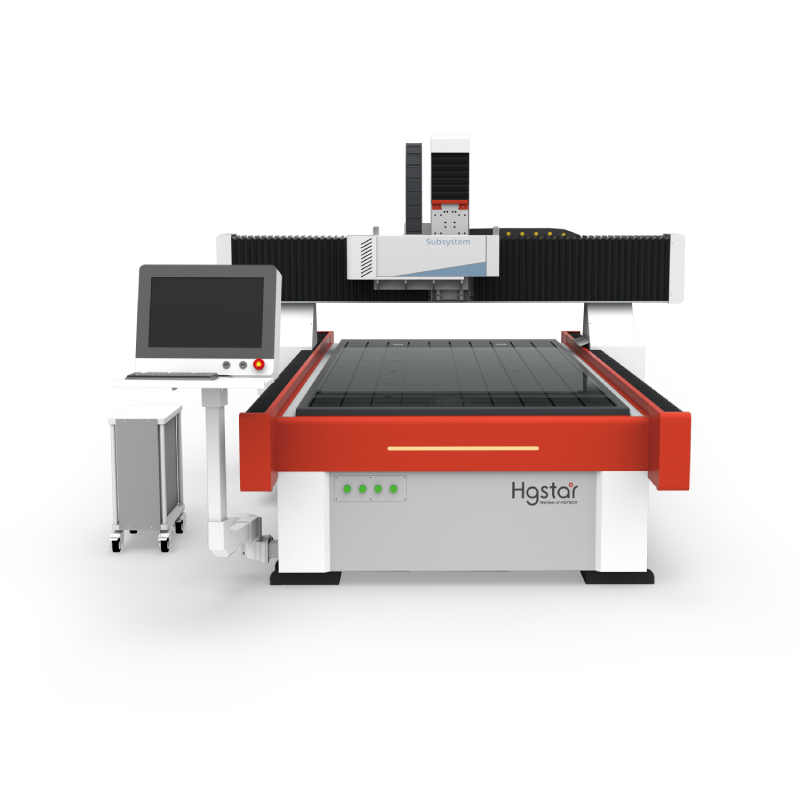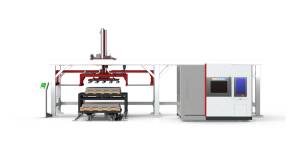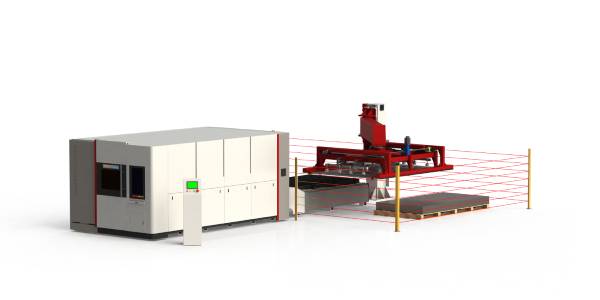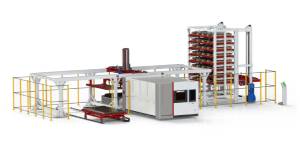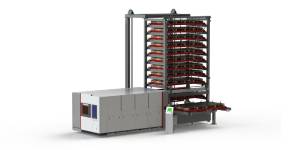Projects
Why Will Laser Cleaning Become the Trend?
Classification of Laser Cleaning Technology
The methods of laser cleaning can be mainly divided into the following three categories:
1.Laser dry cleaning
Laser radiation is used for direct decontamination. After the laser is absorbed by objects or dirt particles, vibration is generated, resulting in the separation of the substrate and pollutants. There are two main ways to remove dirt particles in laser dry cleaning: one is the instantaneous thermal expansion of the substrate surface, which generates vibration and removes the particles adsorbed on its surface. Another type is the thermal expansion of the particles themselves, which causes them to leave the surface of the matrix.

2.Laser wet cleaning
Laser wet cleaning involves evenly covering the surface of the substrate to be cleaned with a liquid dielectric film, and then using laser radiation to remove stains. According to the absorption of laser by the dielectric film and substrate, wet cleaning can be divided into strong substrate absorption, strong dielectric film absorption, and co absorption of the dielectric film substrate. When the strong substrate absorbs laser energy, the substrate transfers heat to the liquid medium film, causing the liquid layer at the interface between the substrate and the liquid to overheat and boil, and the liquid layer and stains are removed together.
3.Laser+inert gas cleaning
At the same time as laser radiation, inert gas is blown towards the surface of the workpiece. When pollutants are removed from the surface, the gas is blown away from the surface to avoid contamination and oxidation of the clean surface.
Application Research of Laser Cleaning Technology for Metal Surface
1.Laser cleaning not only removes dirt but also enhances corrosion resistance
Laser cleaning technology can overcome the shortcomings of traditional cleaning techniques such as time-consuming, labor-intensive, and environmental pollution, and plays an important role in removing metal surface contaminants. In addition, laser cleaning parameters can be further controlled to cause chemical reactions on the cleaned metal surface and form a protective layer several microns thick to prevent further corrosion of the metal. Using laser cleaning technology for cleaning can increase the corrosion resistance of metal devices by 3 to 4 times.
2.Choosing the right laser type and wavelength has a significant impact on the cleaning effect
As shown in Figure 2, the variation trend of absorption coefficients of various metals with wavelength is shown λ= At 916nm-1200nm, most metals have higher absorption coefficients in this band, and organic compounds have relatively strong laser absorption in this band. Therefore, in terms of absorption rate, combining various comparative advantages, fiber lasers demonstrate unique advantages in all aspects. The organic pollution layer absorbs laser strongly, and the temperature of the organic pollution layer rapidly rises to the evaporation point for gasification, thus achieving the goal of removing the pollution layer without damaging the substrate. Then determine the energy threshold for laser cleaning, which will determine the effectiveness of laser cleaning. Choosing an appropriate laser cleaning energy threshold requires comprehensive consideration of the effects of material properties, microstructure, morphology defects, as well as the wavelength and pulse width of the laser.
3.Suitable laser incidence angle for twice the cleaning effect with half the effort
When the laser is incident at a certain tilt angle, it directly radiates below the adhered particles, generating higher thermoelastic stress. Compared to vertical incidence, pollutants are more easily removed.
4.Correct defocusing to improve laser cleaning effect
The cleaning mechanism varies with different defocusing amounts. Cleaning during direct defocusing is the mechanism of surface material explosion and fragmentation, while the removal of the paint layer changes from fragmentation to vaporization as the defocusing amount increases.
To optimize the effect of laser cleaning on metal surfaces, it is necessary to comprehensively consider process parameters such as laser cleaning method, cleaning model, laser type, laser wavelength, energy density, power, pulse frequency, pulse time, and laser incidence angle.
Laser cleaning will become a major trend in the development of the cleaning market
Although laser cleaning cannot completely replace traditional cleaning technologies at present, with the progress of technology and the improvement of environmental requirements, laser cleaning will become a major trend in the global cleaning market development. Developing new laser cleaning equipment, and optimizing cleaning processes to improve cleaning efficiency, reduce cleaning costs, reduce damage to the surface to be cleaned, and achieve green, efficient, and automated metal surface cleaning processes is bound to be a demand in the future market
About HGSTAR: HGSTAR is is a sub-brand of HGTECH.HGTECH the pioneer and leader of laser industrial application in China, and the authoritative provider of global laser processing solutions. We have comprehensively arranged laser intelligent machine, measurement and automation production lines, and smart factory construction to provide overall solutions for intelligent manufacturing.
